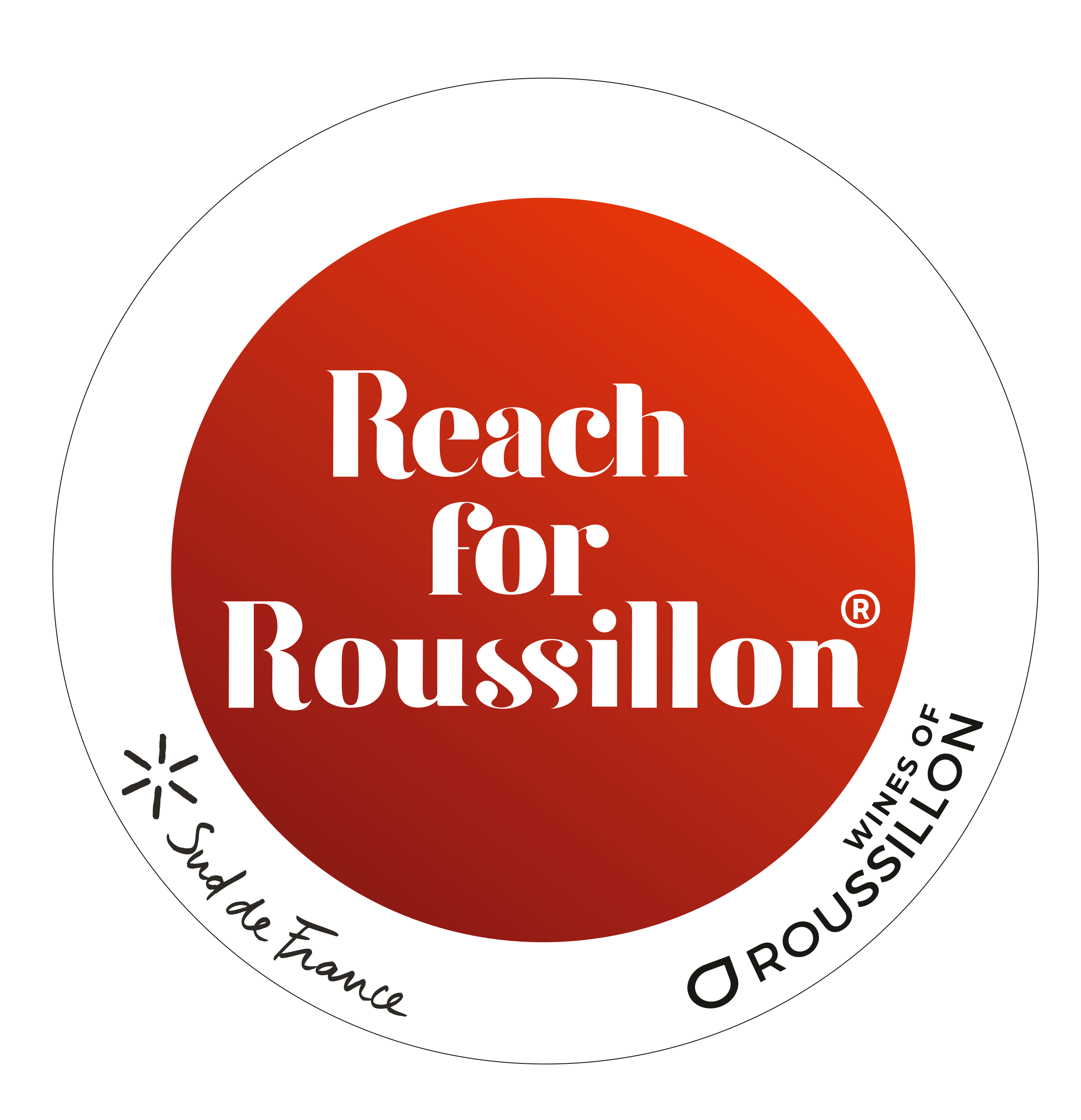The renaissance of Carignan in Roussillon
David Williams looks at the evolving history of Carignan in Roussillon and the place that it holds today.
When I first visited Roussillon around the turn of the century, it was hard to find anyone with a good word to say for Carignan. For its many critics and sceptics, this red variety of northeastern Spanish origins belonged to a very different moment in Southern France’s vinous history – a time, in the 1960s, of mass-consumption and mass production when Carignan’s remarkable, late-ripening productivity (its astonishingly high yields of up to 200 hectolitres per hectare) saw it sweep through the Roussillon and neighbouring Languedoc, becoming France’s most widely planted variety in the process.
By the 1990s, however, Carignan’s signature viticultural characteristic was no longer so prized. At that point, Roussillon’s vignerons were adapting to a world in which people were drinking considerably less wine, but of better quality, and Carignan, which had become known, in the years of careless overcropping, for creating bruisingly tannic, wildly acidic wines, was sidelined by some producers. Plantings plummeted. Carignan’s future looked bleak.
But Carignan’s darkest hour turned out to be just before a new dawn. While large areas of the variety were grubbed up in the least interesting terroirs, the old vines were nurtured by a new generation of growers began to realise that the often very old, low-yielding bush vines that remained were capable, given careful attention, of producing something truly distinctive in Roussillon’s varied terroirs. Today, Carignan is either the sole or the majority ingredient in many of the region’s most evocative, darkly attractive red wines, and, over the past 2 decades, its reputation has been completely overhauled.
A big part of new-wave, old-vine Carignan’s attraction in the Roussillon is the complementary contrast it provides to Grenache. Where Grenache in both lighter and darker modes offers a fleshy fullness of ripe berry fruit, Carignan’s charms are more elemental: blackberry and elderberry-like fruit, black olives, peppery spice and, in some examples, a savoury quality to go with a satisfyingly textured framework.
Among my favourite solo Roussillon Carignan performers three Côtes Catalanes bottlings stand out for showing the variety’s range: the herb-scented, red-berried lightness of touch and subtle bite of Domaine Danjou-Banessy Les Myrs 2021 (from 95-year-old vines); the deep plush blackberry and dusky intensity of Domaine of the Bee Carignan 2022 (from 80-year-old vines), and the unoaked youthful vivacity of red and black berries and peppery spice of Dom Brial Dom Ici Rouge 2022.
But Carignan performs equally well in company, notably alongside Syrah and Black Grenache. It leads the way in the symphony of wild herbs and warm earthiness that is Le Soula Rouge Côtes Catalanes 2015 (53% Carignan) and lends supporting bite and tension to the lush Grenache in Terres Fidèles Côtes du Roussillon Villages 2021 (40% Carignan) – two more examples of how Roussillon’s winemakers have confounded the critics to make Carignan a 21st-century star.





